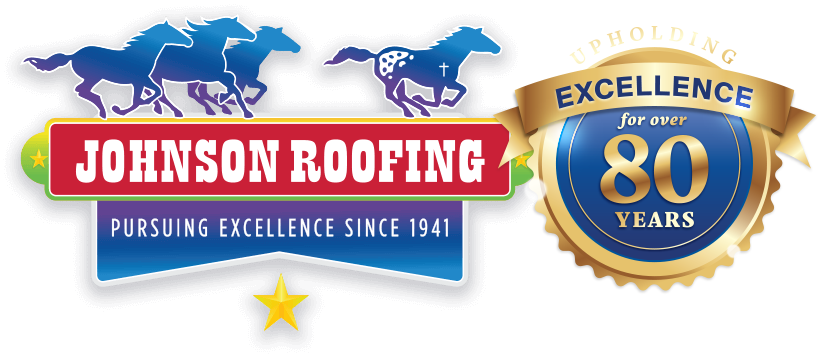When the Greater Waco Chamber of Commerce Building opened two years ago, the organization’s leadership touted the building’s environmentally friendly design, complete with a green roof that includes rooftop plantings.
The building was the first in Waco to incorporate the plantings on a 1,750-square-foot portion of its roof. Such roofs potentially cut utility costs, reduce storm water loads on city sewers and help air quality.
Despite the chamber planting, not much else has happened in the way of rooftop gardens in Waco.
Greater Waco Chamber of Commerce senior vice president Scott Connell walks across the roof gardern on top of the chamber building in downtown Waco.
Duane A. Laverty/Tribune-Herald
In fact, the whole state is hanging back in the area of green roofs while other areas with shorter growing seasons and a lot less sun are pressing ahead.
Toronto, Portland, Ore., and Seattle, as well as cities in the Far East and Europe, are rapidly sprouting greenery from their building tops, said Mark Simmons, research scientist at the Lady Bird Johnson Wildflower Center at the University of Texas at Austin.
Costs and benefits
Green roofs are a way to hold down heat buildup from the sun beating down on bare roofs, reduce storm water runoff and absorb ozone, he said. Green roofs also add usable outdoor space in crowded urban areas.
There’s irony in the situation, Simmons said. “We’ve got the most to gain from green roofs.”
Cost and acceptance as an architectural element appear to be the main hurdles for green roofs in Texas and much of the South, he said.
In areas where green roofs have caught on, there are government financial incentives, including local programs to mitigate costs for buildings with green roofs and often a reward for reducing a city’s storm water runoff.
Texas could use some work in the area of incentives, said Steven Peck, executive director with Green Roofs for Healthy Cities, a Toronto-based group supporting the development of green roofs.
“I don’t believe there is any public policy support in Texas,” Peck said.
Defining green roofs
While some define green roofs to include those with solar panels or reflective coverings, Green Roofs for Healthy Cities holds to a stricter definition of a roof with plants and a support system for the greenery.
Austin has about a dozen green roofs, and Houston also has some, Simmons said. The relative lack of green roofs has led to research on the roofs in warmer climates at the Wildflower Center, he said.
Austin has a city-sanctioned committee looking into an incentive system, said Eleanor McKinney, an Austin landscape architect who serves on the committee.
Costs to build a green roof depend on what plants will be used, how much soil or growing medium is necessary and the type of irrigation needed. Normally, the price tag runs between $15 and $30 per square foot, or $15,000 minimum for 1,000 square feet, she said.
Experts on green roofs say they are more expensive in the U.S. than in other areas. But the cost is dropping as contractors become more experienced and efficient with them, McKinney said.
When drawing up plans for the building, the leadership pushed for it to be as environmentally agreeable as possible. It opted for a green roof incorporating an area of plantings irrigated by rainwater, solar panels and other areas of the roof made to be highly reflective.
Much of the chamber’s green roof space is a few inches of a special, lightweight growing medium supporting a low, succulent plant called sedum and native Texas grasses, both of which are drought-resistant.
The water is collected from the roof in a cistern and pumped to the plants by using power from the solar panels, said Jim Vaughan, chamber president. He said little, if any, water has come from any source other than the cistern since the building opened.
The green roof portion cost about $25,000, Vaughan said. It was important for the chamber to set an example and show what could be done, he said.
While there was an added expense, the growing medium acts as an insulator to make heating and cooling more efficient, and the life of the underlying roof structure is extended by the green system, he said.
Johnson Roofing built the roof structure that holds the plants on the Waco Chamber offices.
Environmental technology
The company’s owner, Bill Johnson, works to keep up with new environmental technologies. The company creates the fixtures needed for plantings and installs high-reflecting white roofs that help keep buildings cool.
Johnson said the chamber is the only roof incorporating planting his firm has done, but he expects to land similar jobs later. Solar panels and reflective roofs will be the bread-and-butter for environmentally sound roofs for now, he said.
Simmons predicts Johnson is right that he pace of green roof building will pick up.
“I think it will happen once we get more comfortable with the idea and if we design them with specific goals in mind and if cities recognize their benefits,” he said.








